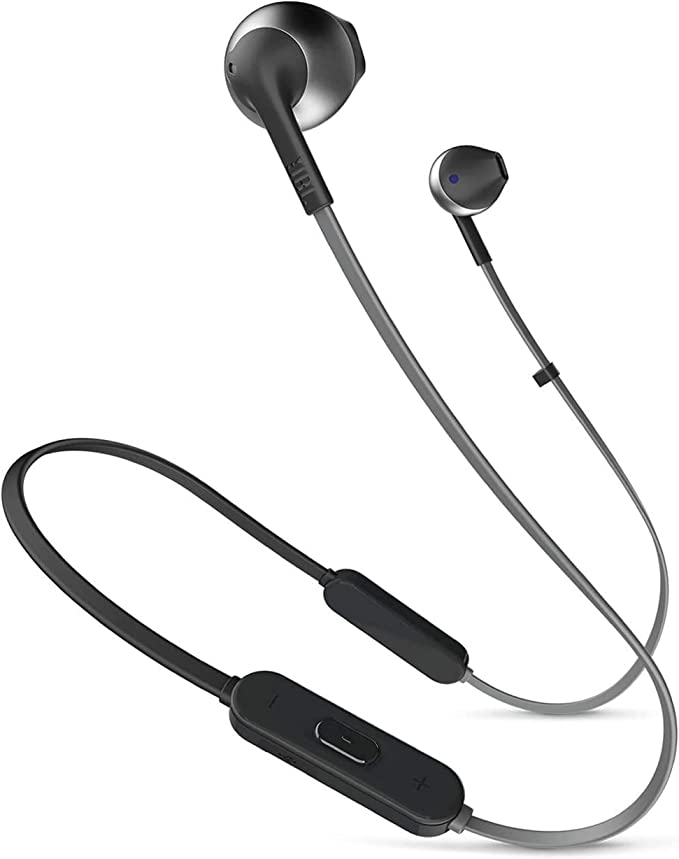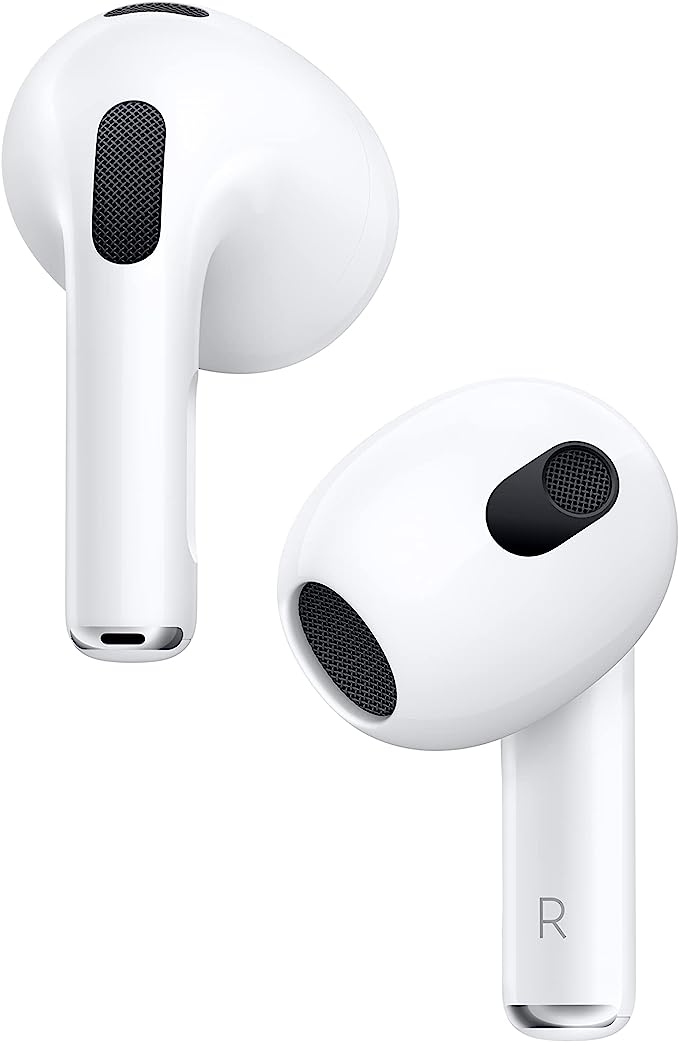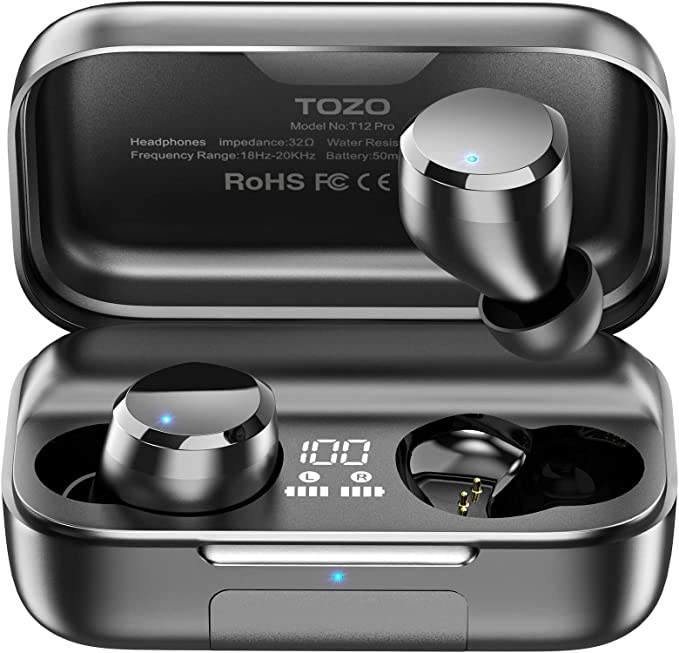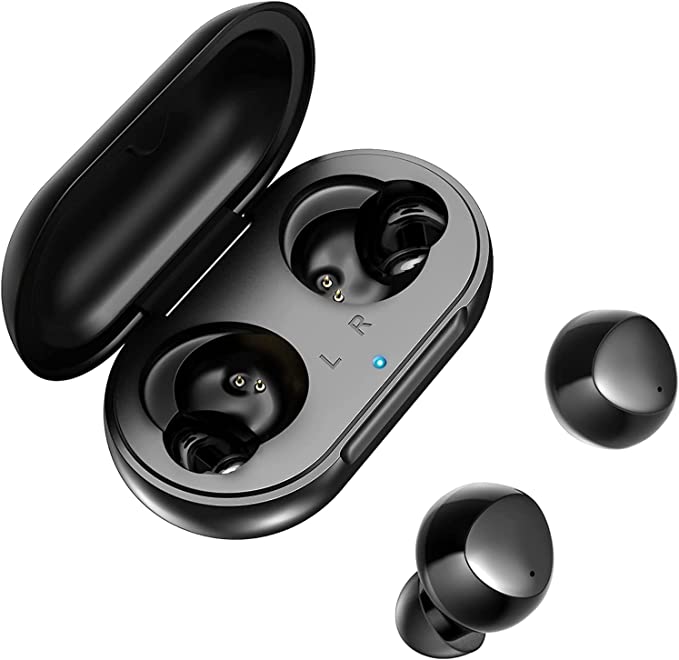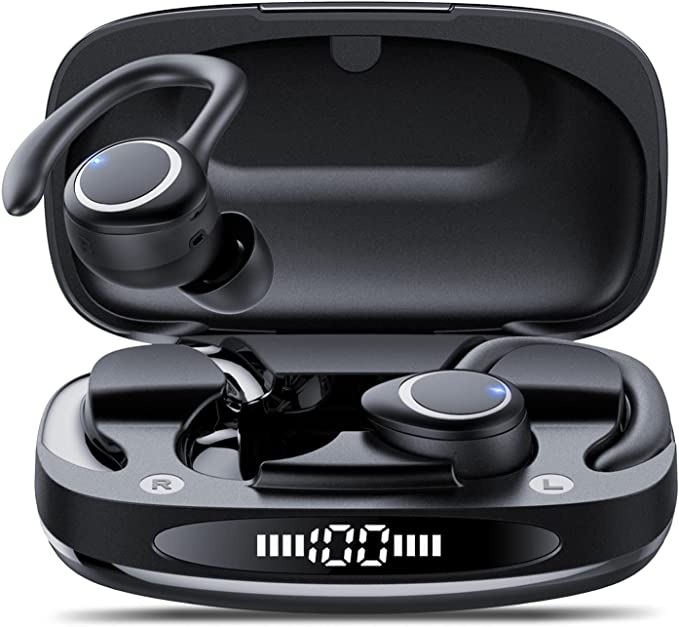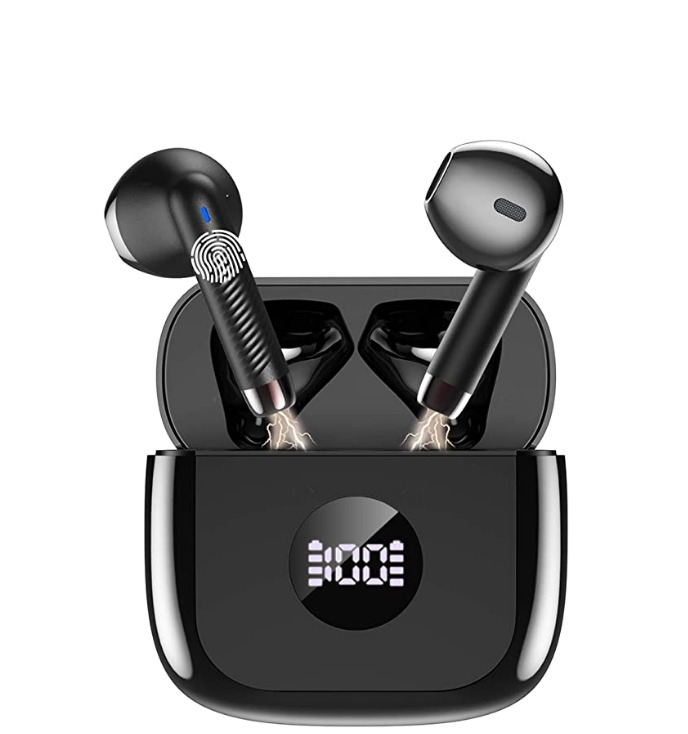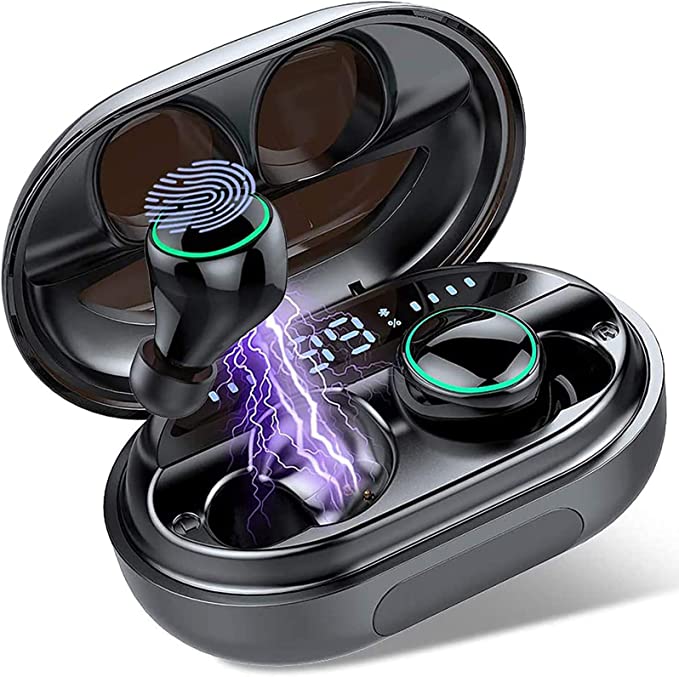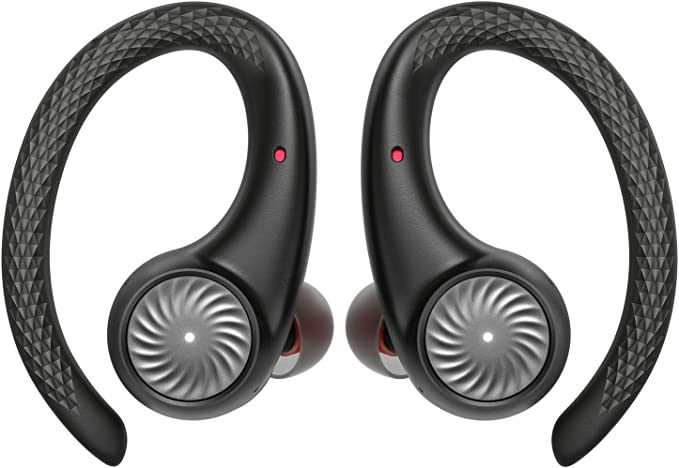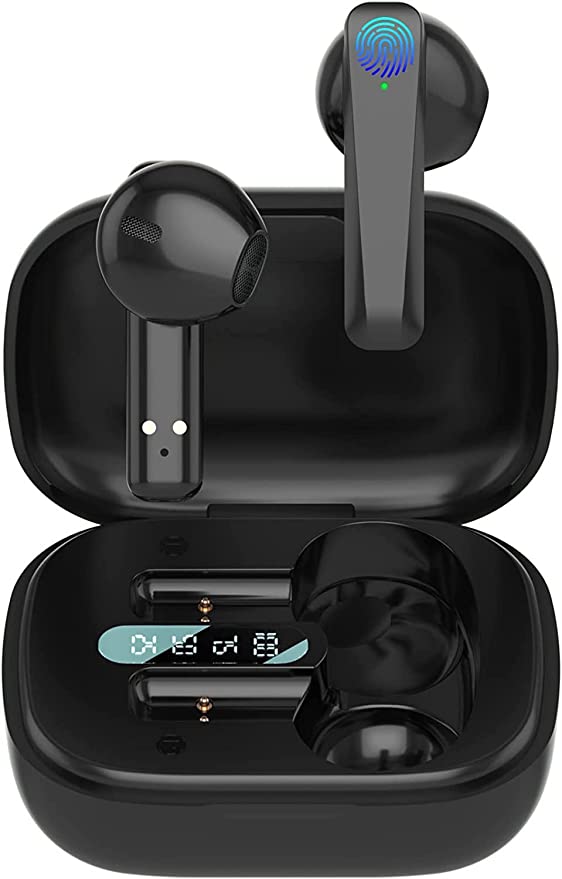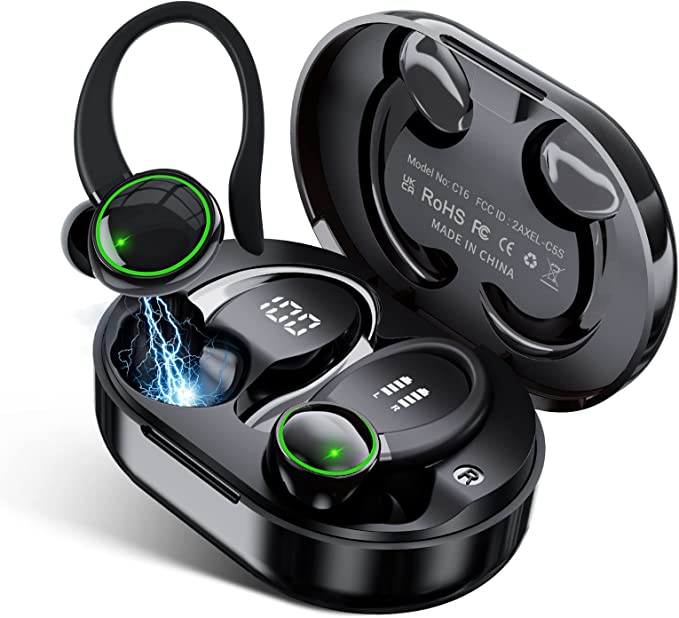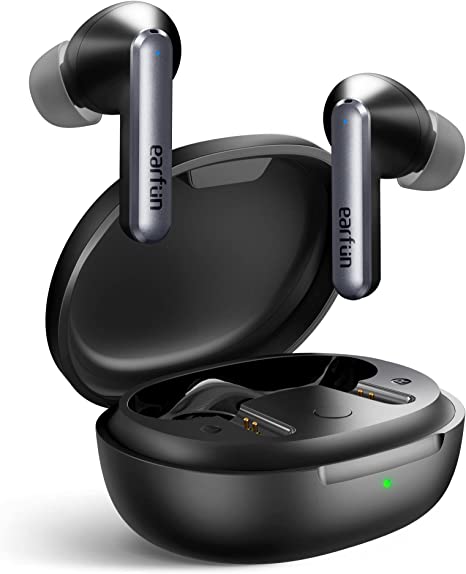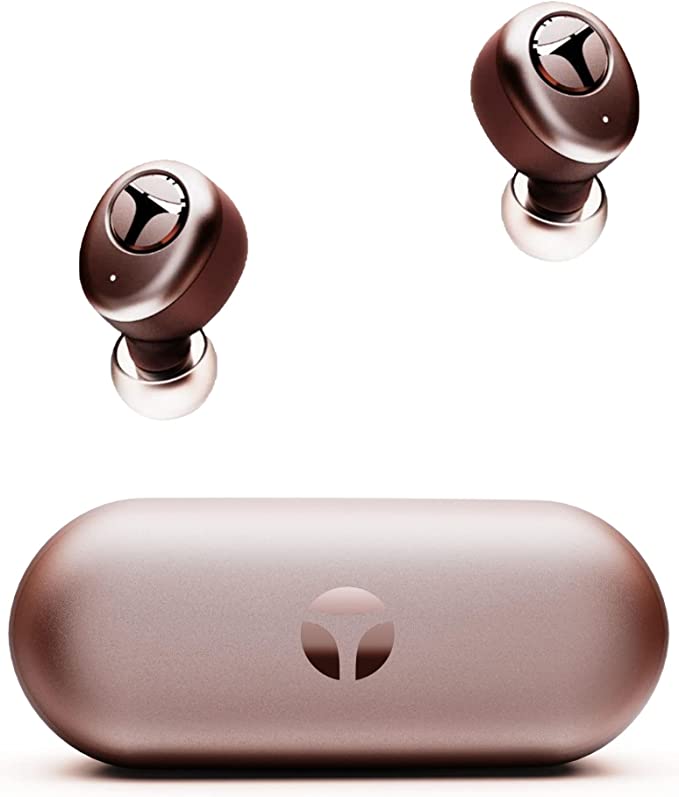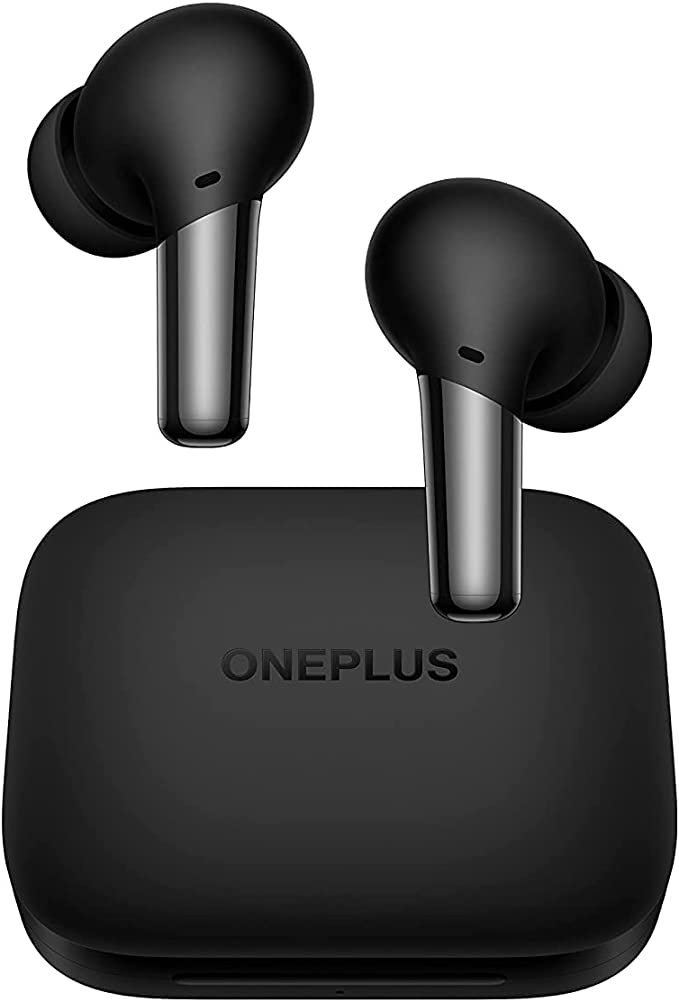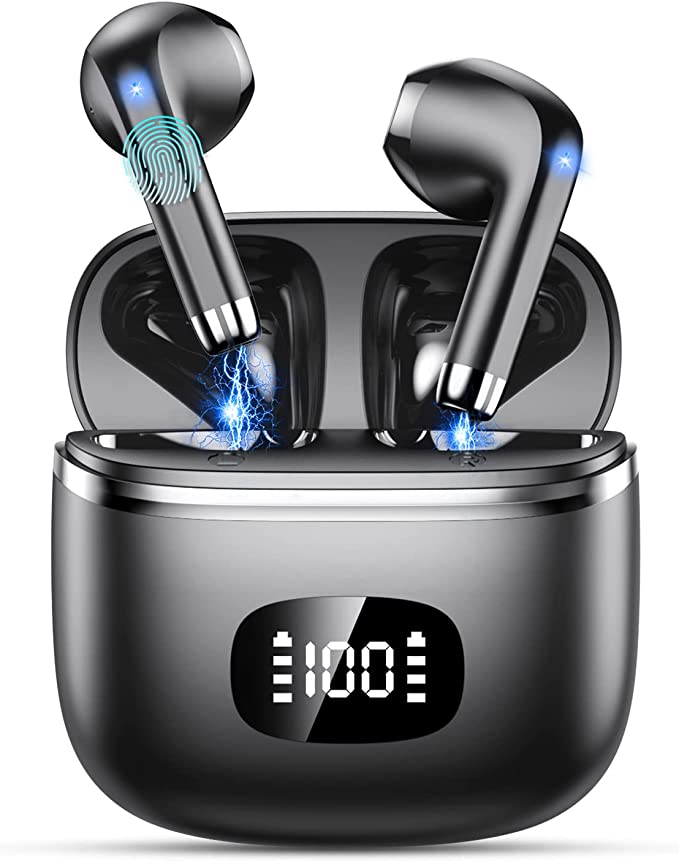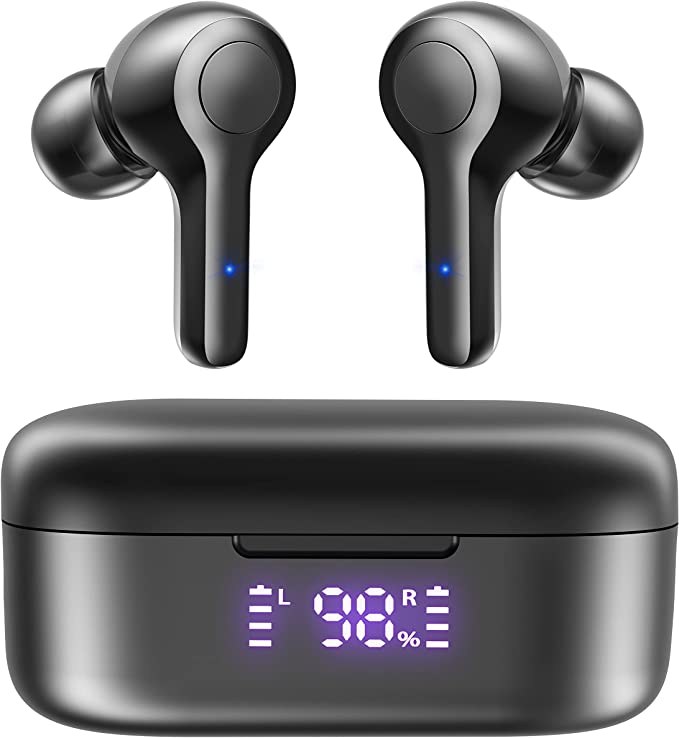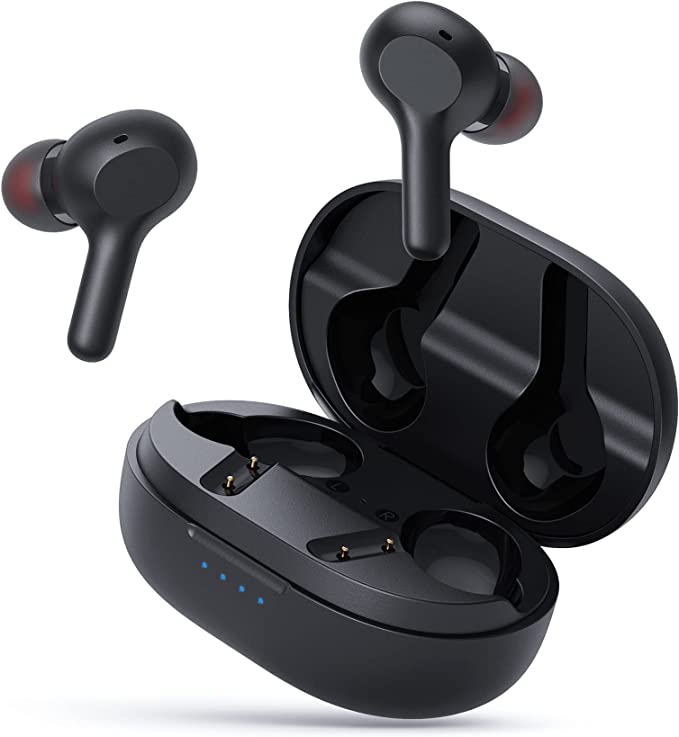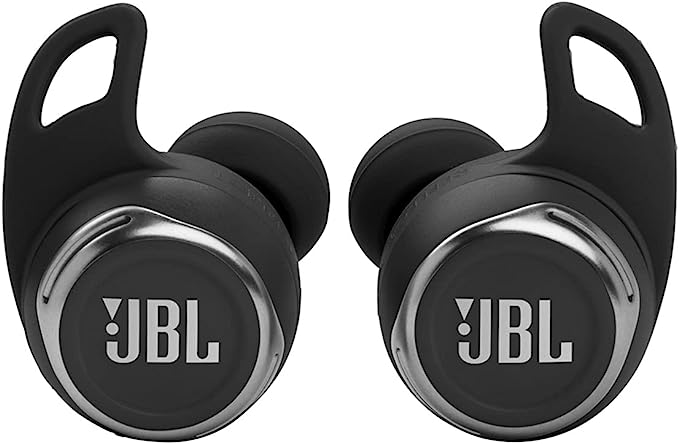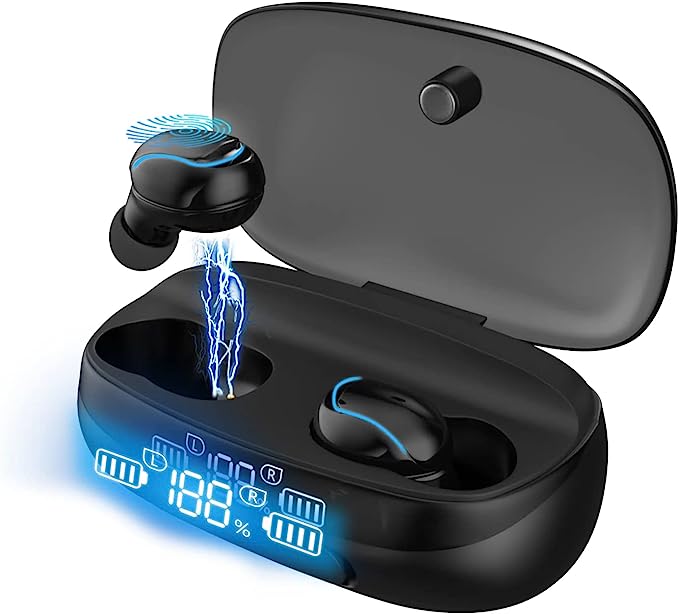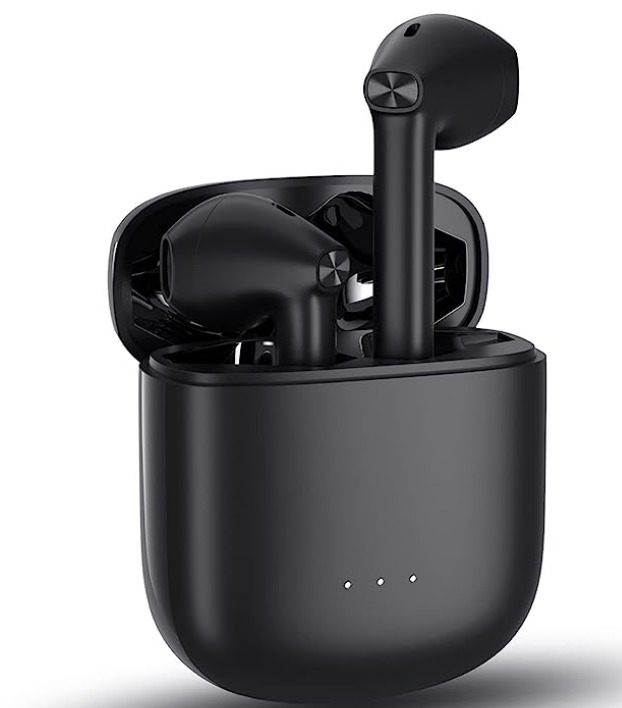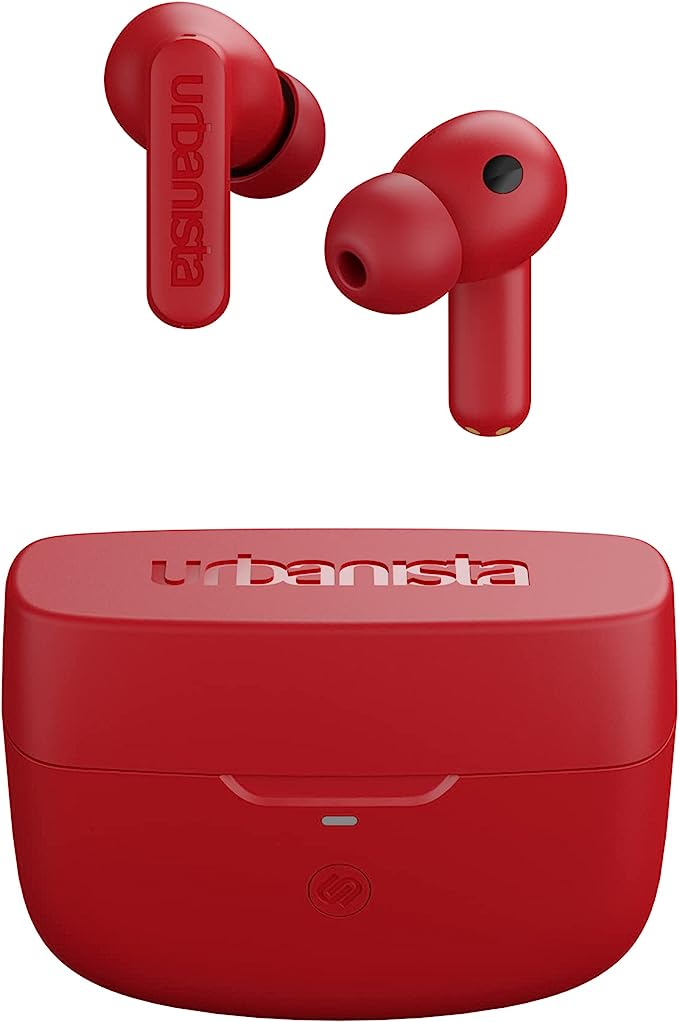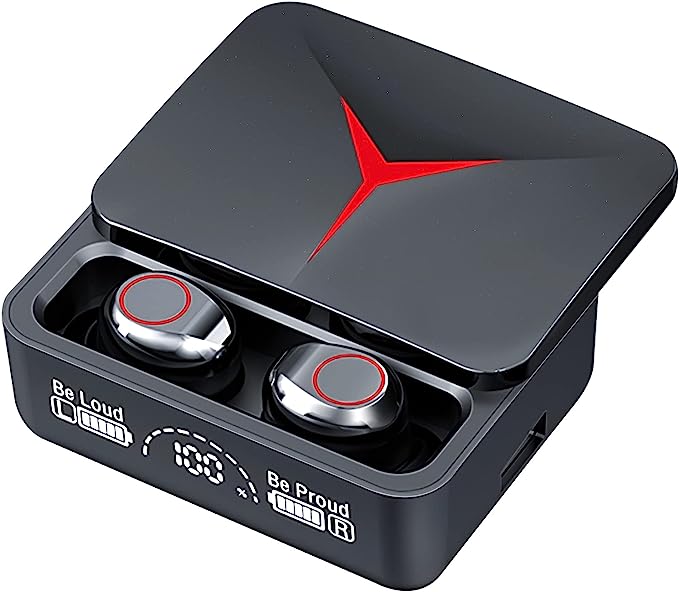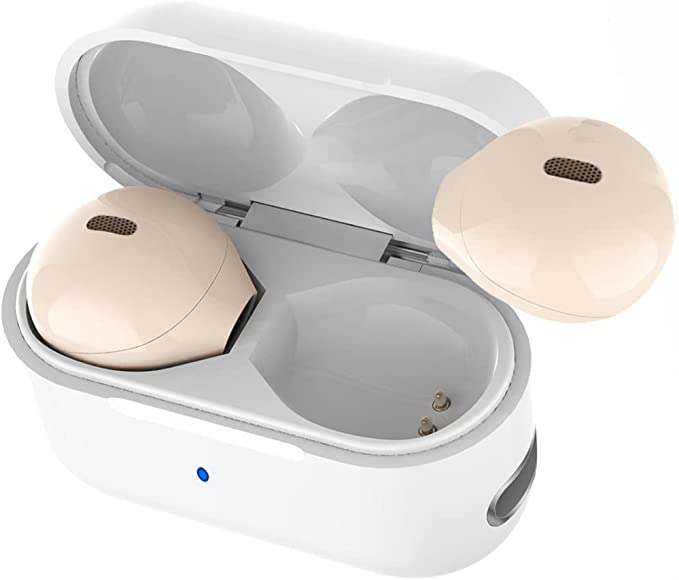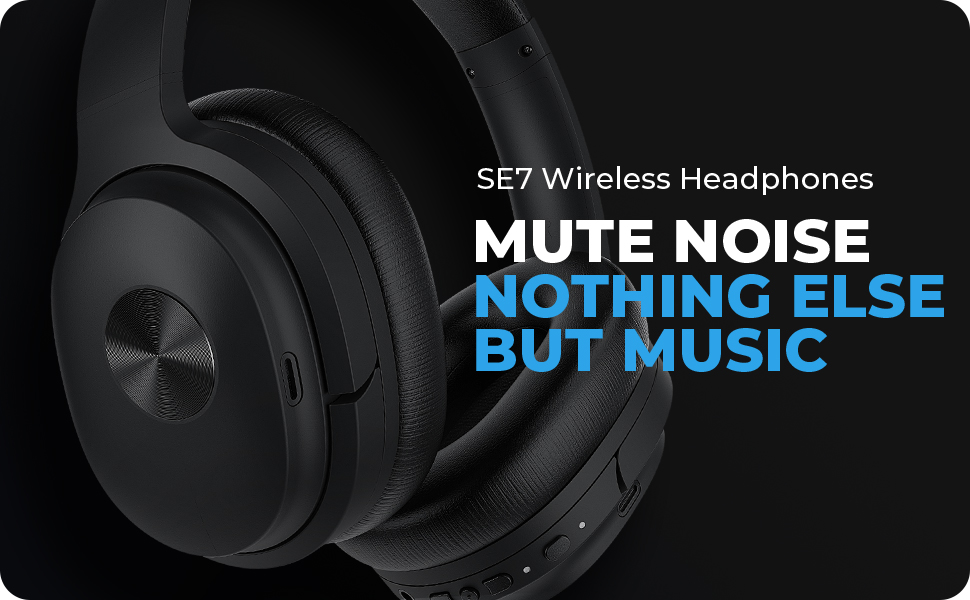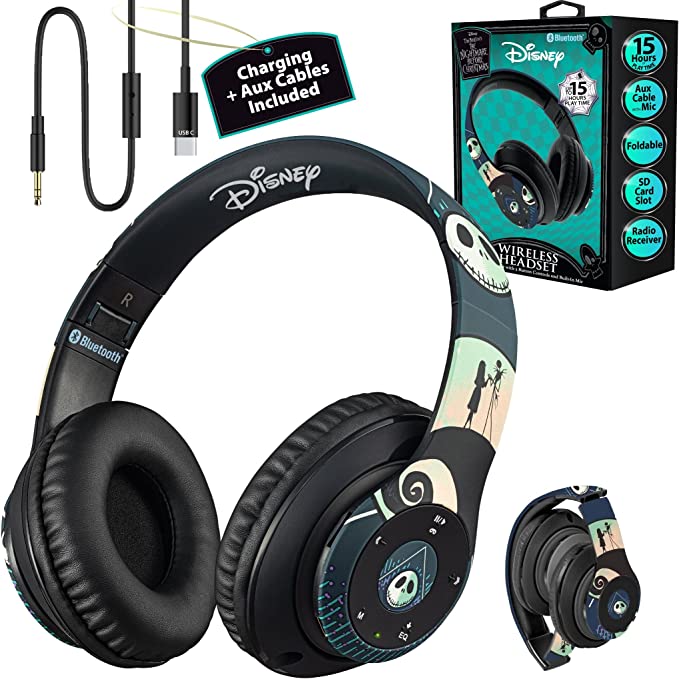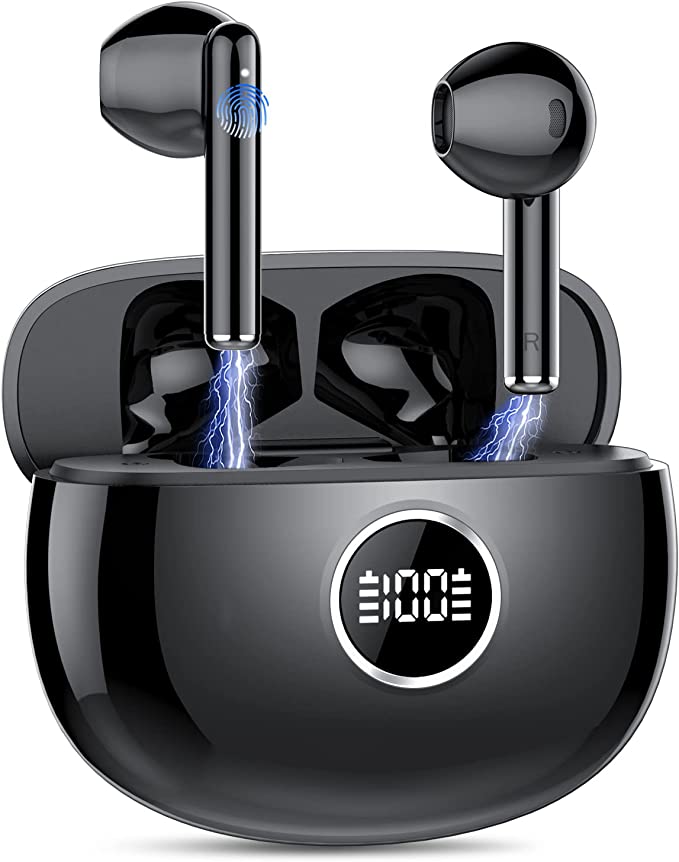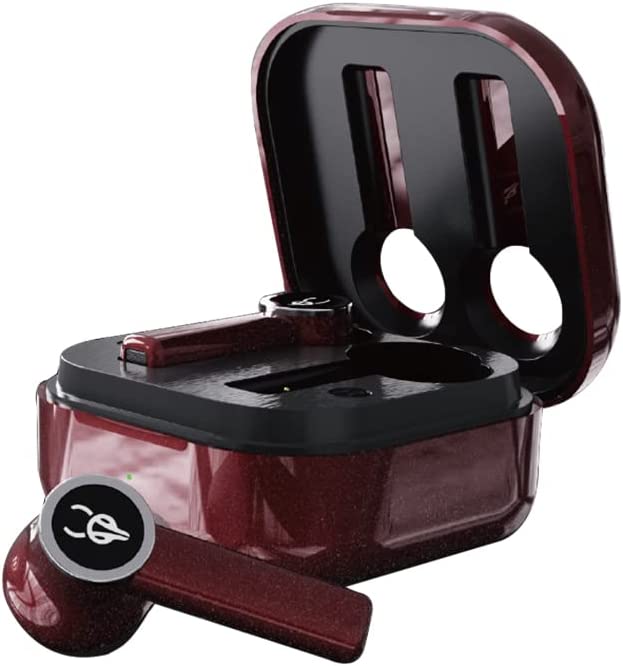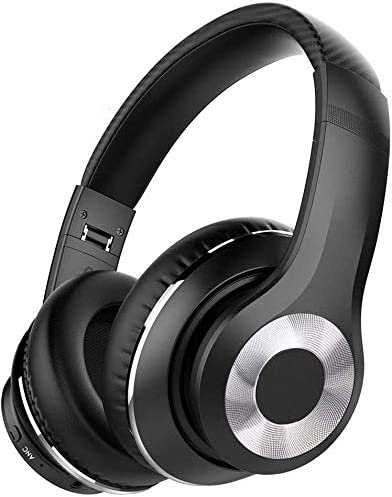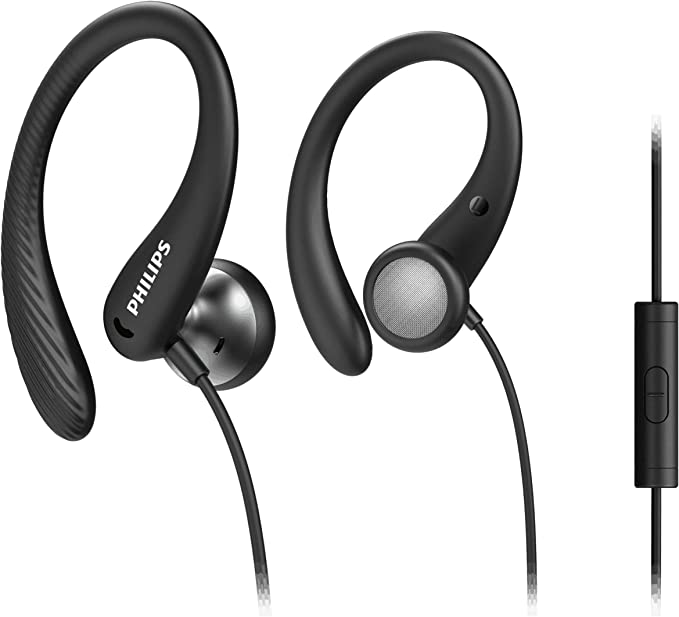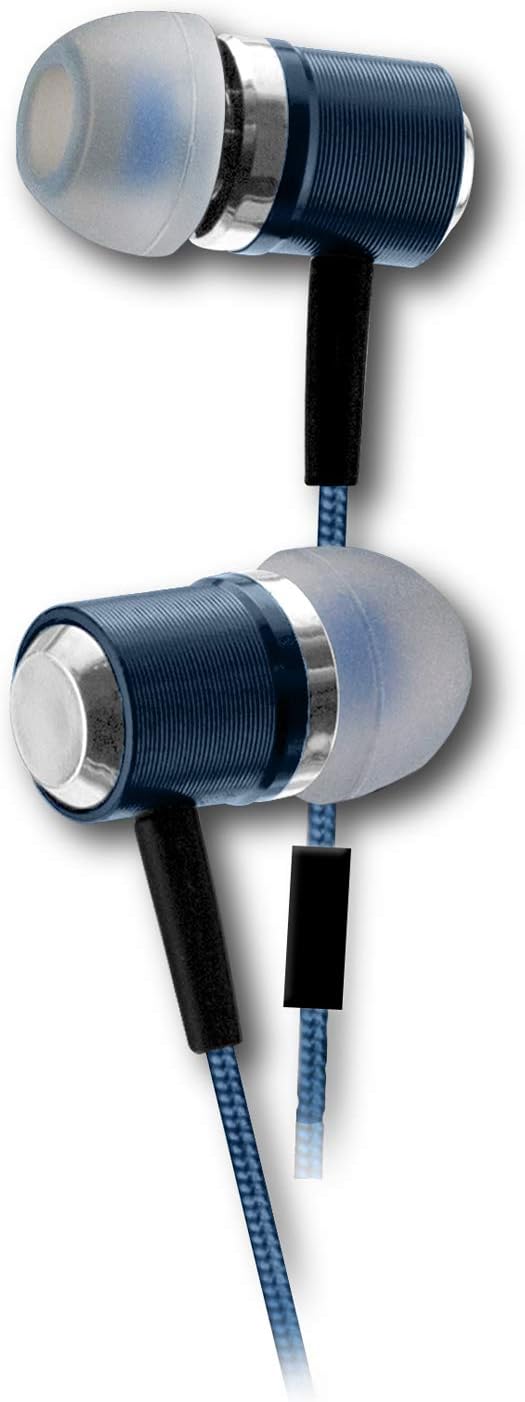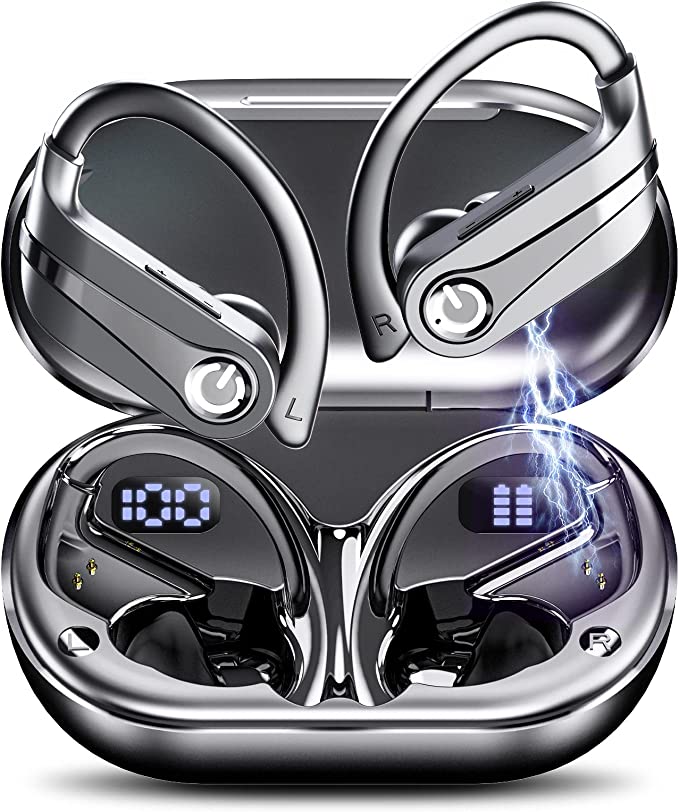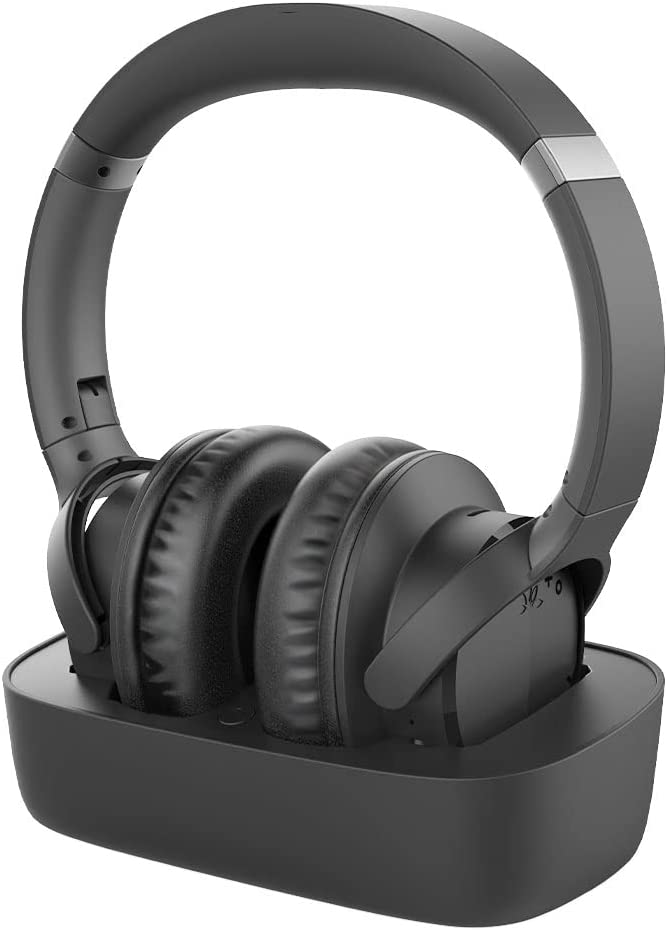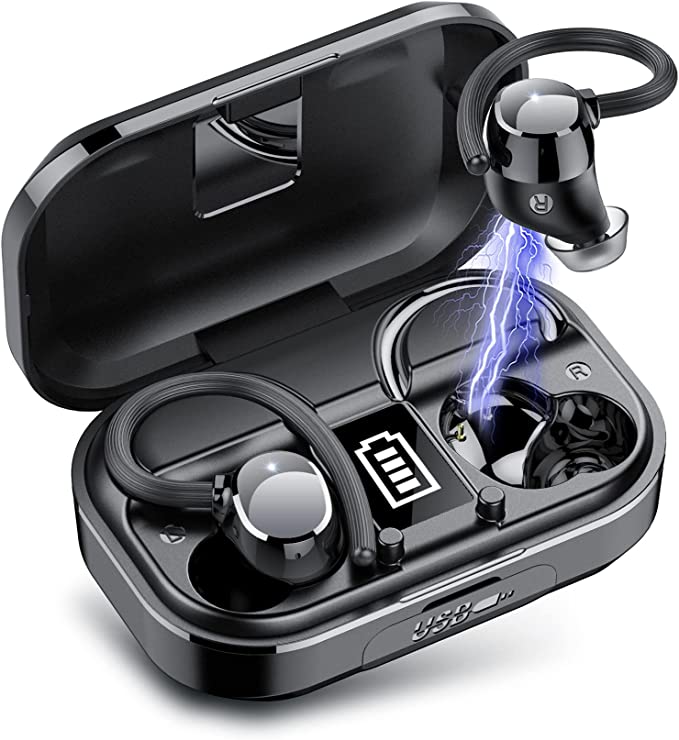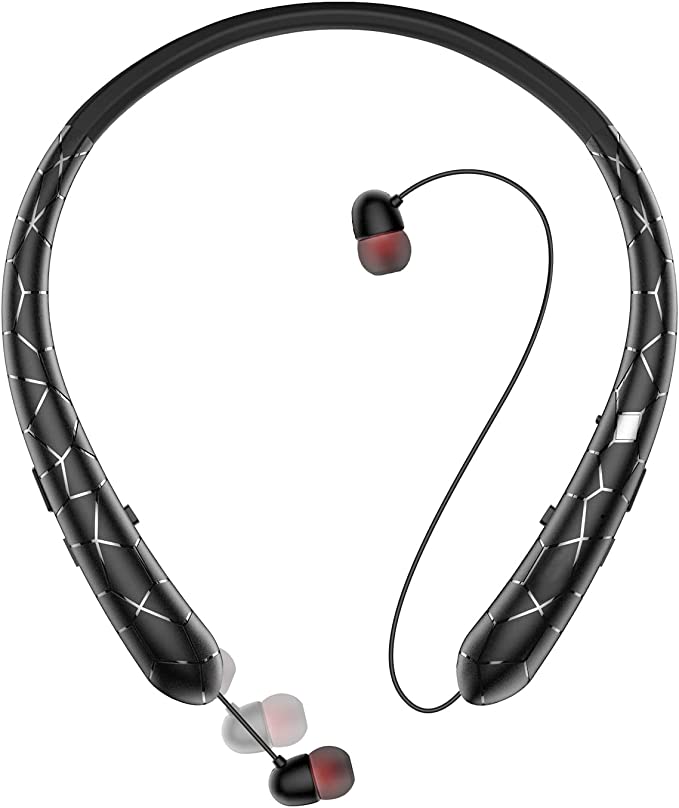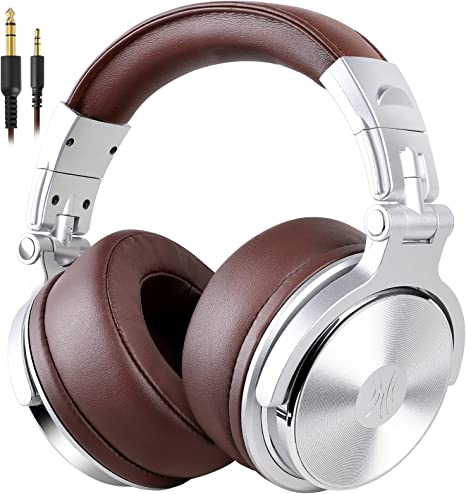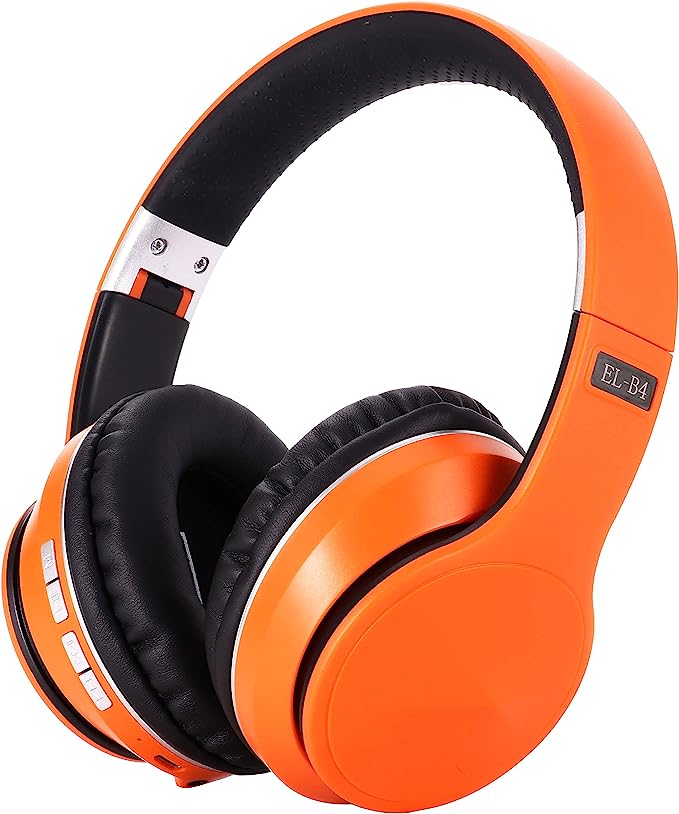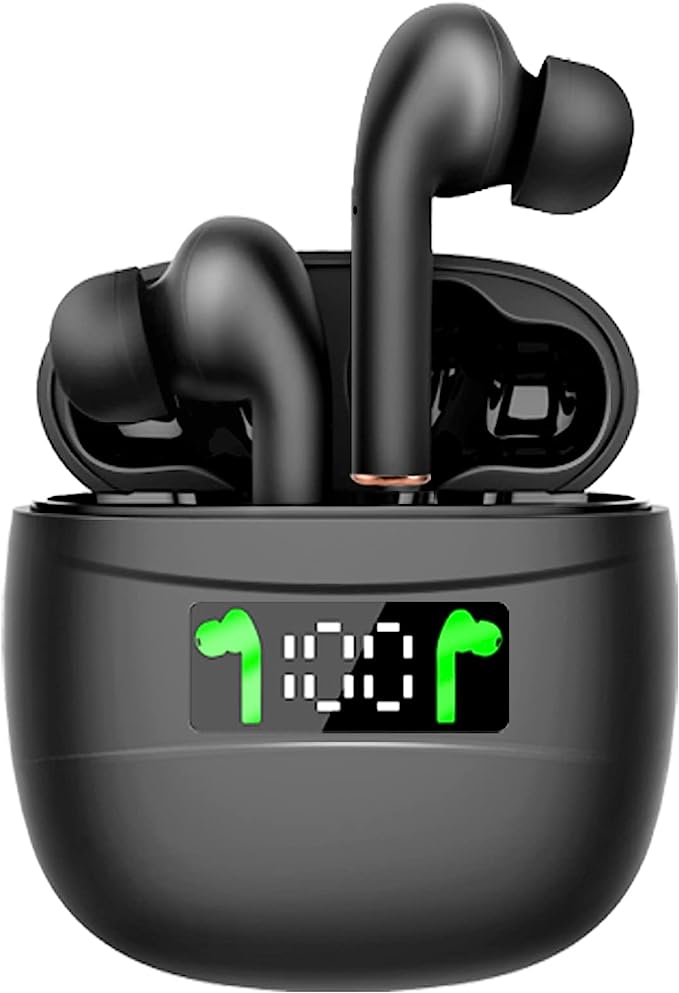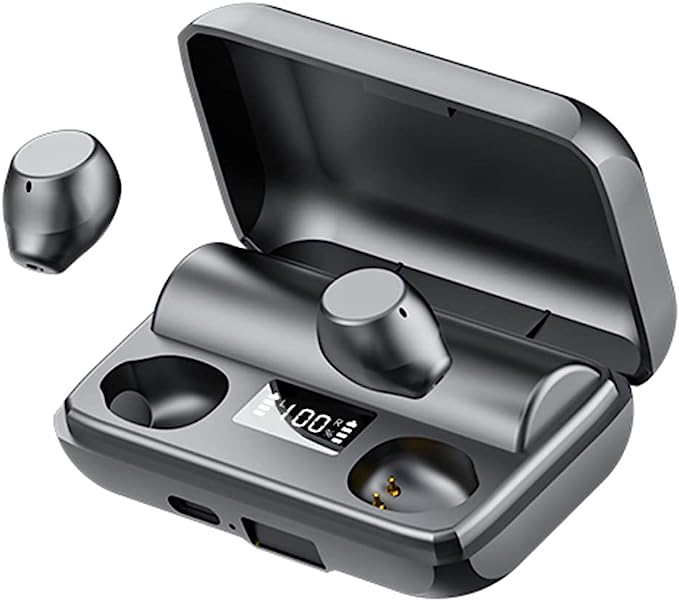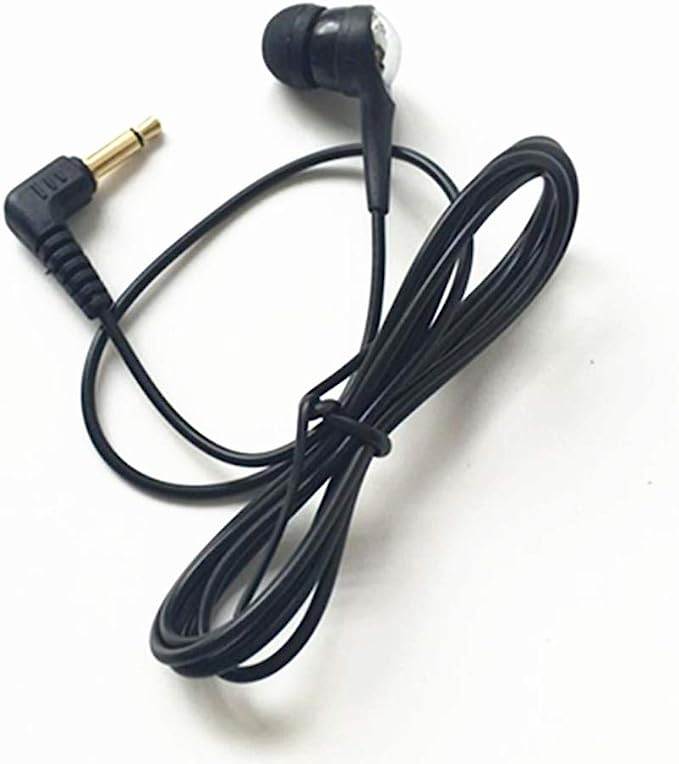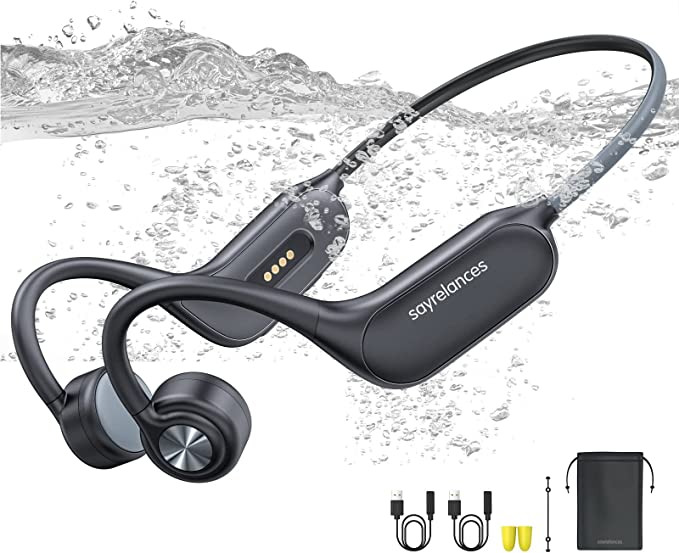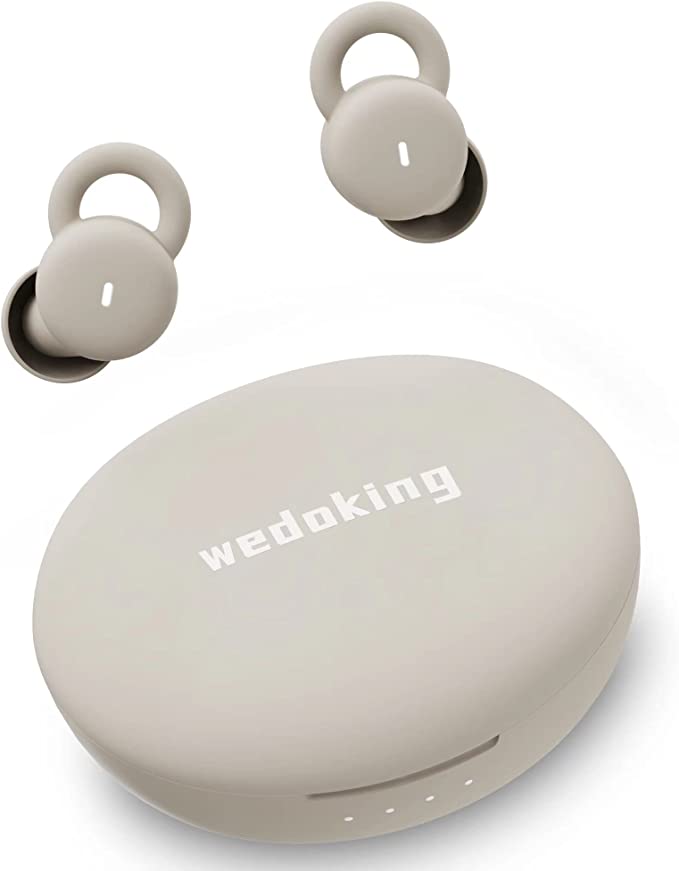MOZC Q68 Pro DE-JL Wireless Earbuds: The Science of Clear Sound and Seamless Connectivity in a Compact Design
Update on May 14, 2025, 4:35 p.m.
In our hyper-connected, sound-saturated world, the humble earbud has transformed from a simple accessory into an intimate portal. It’s our personal concert hall, ourcone of silence in a bustling world, our direct line to distant voices. We rely on these tiny marvelsデイリー (daily), yet how often do we pause to consider the intricate tapestry of science and engineering woven into their compact forms? Let’s embark on a journey of discovery, using the MOZC Q68 Pro DE-JL Wireless earbuds as our specimen, to explore the fascinating technologies that shape our modern auditory experiences. This isn’t about endorsing a product, but rather about peeling back the layers to appreciate the ingenuity that brings sound, untethered, to our ears.
Whispers on the Wireless Breeze: How Bluetooth 5.1 Weaves Your Sonic Freedom
The magic of wireless audio often begins with a technology whose name harks back to a 10th-century Viking king: Bluetooth. Named after Harald “Bluetooth” Gormsson, famed for uniting Danish tribes, the Bluetooth wireless standard was conceived by Ericsson in the 1990s with a similar ambition – to unite disparate communication devices. The MOZC Q68 Pro DE-JL earbuds leverage Bluetooth 5.1, a significant step in this ongoing evolution.
But what does “5.1” truly mean for your daily listening? Compared to its predecessors, Bluetooth 5.1 brought several key enhancements directly impacting the user experience, especially for compact Wireless Earbuds. It offers potentially greater range, allowing you to perhaps leave your phone in one room while you move about another without the audio sputtering like a distant radio. It’s also designed for more stable connections and improved data transfer speeds, all while being more power-efficient. For earbuds, this translates to fewer frustrating dropouts and, critically, a longer chat with a friend or an extended musical escape before needing a recharge. The specification for Bluetooth 5.1 even introduced features like Angle of Arrival (AoA) and Angle of Departure (AoD) for more precise location finding, though their implementation in consumer audio is still nascent. For these earbuds, the core benefits are robust connectivity and efficiency.
The supported Bluetooth profiles – such as HSP (Headset Profile), HFP (Hands-Free Profile), A2DP (Advanced Audio Distribution Profile), and AVRCP (Audio/Video Remote Control Profile) – are the unsung heroes here. Think of them as specialized languages Bluetooth devices use to communicate. A2DP, for instance, is crucial for streaming high-quality stereo Hi-Fi Audio, while HFP and HSP enable hands-free calling. AVRCP allows you to control playback (pause, skip) directly from the earbuds. The efficient handling of these profiles by Bluetooth 5.1 contributes to a lower-latency experience. This is particularly vital when watching videos or playing games on your Android or iOS device. Latency is that annoying delay where a character’s lips move before you hear their words. Minimizing this ensures a more synchronized and immersive experience, making dropped connections and out-of-sync audio feel like relics of a bygone era. Imagine effortlessly taking a call while your phone charges across the room, or enjoying a movie on your tablet with perfectly matched sound and visuals – that’s the seamless freedom Bluetooth 5.1 aims to provide.
Crafting a Concert Hall in Miniature: The Alchemic Pursuit of Hi-Fi Sound
The term “Hi-Fi,” or High-Fidelity, is an audiophile’s Holy Grail. It signifies audio reproduction that is exceptionally faithful to the original recording, capturing its nuances, depth, and emotional impact. To achieve this within the diminutive confines of an earbud like the MOZC Q68 Pro DE-JL, which boasts Hi-Fi Sound Quality, is a considerable feat of acoustic engineering.
At the core of this sonic mission are the 8mm dynamic speakers, or drivers. A driver is essentially a miniature loudspeaker, responsible for converting electrical audio signals sent from your device back into the sound waves that your eardrums perceive. The 8mm size indicates the diameter of this driver. Generally, a larger driver can move more air, which can be beneficial for producing richer, more impactful bass frequencies, though overall sound quality is a complex interplay of many factors, not just size.
The magic, however, often lies in the diaphragm – the thin membrane within the driver that vibrates to create sound. The MOZC Q68 Pro DE-JL earbuds feature triple-layer composite diaphragms. Why “composite” and “triple-layer”? The ideal diaphragm material needs to be incredibly light to respond quickly and accurately to the rapid changes in an audio signal (essential for clear high frequencies and transients), yet also very rigid to prevent flexing or deforming during movement, which can cause distortion, especially at higher volumes or with powerful bass notes. A single material rarely possesses both qualities perfectly. Composite diaphragms, therefore, layer different materials, each contributing specific properties – perhaps one layer for stiffness, another for damping unwanted resonances, and a third for lightness. This meticulous construction aims to deliver a balanced sound signature: deep, articulate bass, clear and present vocals, and crisp, detailed high tones.
The product description also mentions a “3D surround stereo” experience. While true multi-channel surround sound requires multiple, strategically placed speakers (think a home theater system), what stereo earbuds can achieve is a convincing psychoacoustic sense of space and immersion. Our brains are remarkably adept at interpreting subtle differences in timing, volume, and frequency between the sound reaching our two ears to construct a mental image of the soundstage – where instruments and voices seem to be located. Well-tuned drivers and earbud acoustics can enhance this stereo imaging, creating a more open and three-dimensional feel than a flat, “in-your-head” sound. Some users of these Compact Earbuds, according to the provided information, have reported “great sounds and volume” and find the audio “really good,” suggesting that for many, the acoustic design delivers a satisfying listening experience. Imagine rediscovering a favorite song and hearing subtle instrumental layers or a sense of an expansive concert hall that you hadn’t noticed before – this is the immersive promise.
The Art of Being Heard: Navigating Conversations with CVC 8.0 Noise Reduction
In our often-cacophonous world, being heard clearly during a phone call is as important as hearing well. This is where CVC 8.0 Noise Reduction technology, featured in the MOZC Q68 Pro DE-JL earbuds, steps in. It’s crucial to distinguish CVC (Clear Voice Capture) from ANC (Active Noise Cancellation). While ANC is designed to reduce ambient noise for the listener, creating a quieter listening environment, CVC focuses on the microphone. Its mission is to ensure that the person on the other end of your call hears your voice with clarity, not the clatter of the coffee shop or the drone of street traffic around you.
Each earbud is equipped with a built-in microphone. CVC 8.0 employs sophisticated Digital Signal Processing (DSP) algorithms. These algorithms analyze the audio picked up by the microphone, intelligently differentiating your speech patterns from unwanted background noise. It then works to suppress or attenuate these extraneous sounds before your voice is transmitted. Think of it as a tiny, invisible sound engineer meticulously cleaning up your audio feed in real-time.
This technology is invaluable in myriad daily scenarios. Picture yourself taking an important business call while walking down a busy city street, or trying to coordinate with family from a noisy airport terminal. CVC 8.0 aims to cut through that environmental clutter, making your voice the prominent sound for your call partner. The product claims its CVC 8.0 “can make others hear your voice very clearly.” However, it’s worth noting that real-world performance of any call clarity technology can be influenced by numerous factors, including the specific type and level of background noise, how well the earbuds are positioned, and even the network quality. Indeed, one piece of user feedback in the provided source material mentioned that their “mic is not audible while talking on phone.” This highlights that while CVC 8.0 Noise Reduction is a valuable tool for improving call quality, individual experiences can vary, and it’s designed to mitigate, not completely eliminate, all forms of background interference for the microphone.
An Extension of You: Ergonomics, Intuitive Control, and the Tangible Touch
Beyond the internal electronics, the physical design and a user’s interaction with their earbuds profoundly impact the overall experience. The MOZC Q68 Pro DE-JL earbuds are described as “small and light,” with a single earbud weighing a mere 0.1oz (approximately 2.8 grams). This featherlight construction is a cornerstone of long-term comfort. The claim that their structure is based on “the study of thousands of people’s ear canal” and the inclusion of three different sizes of ear tips point towards a focus on Ergonomic Design. A secure and comfortable fit is not just about preventing earbuds from falling out during a jog; it also affects sound quality (a good seal is crucial for bass response) and reduces ear fatigue, allowing for hours of use before you might “remember you’re wearing them at all,” as the description poetically puts it.
A particularly interesting design choice in an era of increasingly prevalent touch controls is the inclusion of an “Anti-mistouching Physical Button.” While touch controls can offer a sleek, seamless aesthetic, they can sometimes be prone to accidental activation – a stray strand of hair, a bead of sweat, or an adjustment of fit can unintentionally pause music or end a call. Physical buttons, requiring a deliberate press, provide definitive tactile feedback. This predictability can be incredibly reassuring. As one user sentiment from the provided text highlights, “button control is the way to go.” This preference underscores a desire for positive, unambiguous control over one’s device, especially when active or in situations where precise interaction is key. Whether you’re switching tracks during a workout, activating your voice assistant with gloves on, or simply appreciate the reassuring click of a button, this feature caters to a tangible need for reliable control.
The portability factor is further enhanced by the compact dimensions of both the earbuds ($1.18 \text{in} \times 0.78 \text{in} \times 0.47 \text{in}$) and their charging case ($2.7 \text{in} \times 1.18 \text{in} \times 0.78 \text{in}$). These Compact Earbuds are designed not just to be unobtrusive in your ears, but also “imperceptible in your pocket,” ready for whenever your personal soundtrack or next important call beckons.
The Unseen Current: Sustaining Your Audio Journey with Smart Power Management
The liberation offered by wireless technology is intrinsically linked to the endurance of its power source. For Wireless Earbuds like the MOZC Q68 Pro DE-JL, battery life is a paramount concern. These earbuds offer a reported 5-6 hours of continuous playtime on a single charge. While this duration can vary based on volume levels and the type of content being played, it’s a respectable figure for such small devices, largely thanks to advancements in lithium-ion battery technology and the power efficiency of components like Bluetooth 5.1.
The true extended freedom, however, comes from the portable charging case. This pocketable powerhouse doesn’t just protect your earbuds; it recharges them on the go, bringing the total available battery life to an impressive 30 hours. This significantly reduces “battery anxiety,” that nagging worry that your audio companions might die mid-commute or during a crucial virtual meeting. User feedback from the provided source mentions they “last a long time on charge” and offer “the most charges off of one charge of the charging case,” affirming the practical benefit of this system.
Adding to this convenience is fast charging capability for the case itself, which can reportedly be fully charged in just one hour. The science behind fast charging generally involves sophisticated battery management systems that can deliver higher currents to the battery, particularly in the initial stages of charging, without compromising its long-term health. This means that even if you forget to charge the case overnight, a quick plug-in session can provide substantial playtime, ensuring your MOZC earbuds are ready when you are, perfect for those spontaneous moments when you need to relax with music or take an unexpected call.
Seamless Integration: The Universal Language of Bluetooth Compatibility
In our diverse technological ecosystem, interoperability is key. The MOZC Q68 Pro DE-JL earbuds, by virtue of their Bluetooth technology, are designed for broad compatibility. The product information confirms they can connect with devices running Android, iOS (including iPhones, iPads, and MacBooks), and Windows, essentially any modern gadget equipped with Bluetooth functionality.
This near-universal handshake means you can seamlessly switch your audio source from your smartphone on your commute, to your laptop for a video conference, and then to your tablet for evening entertainment. This ease of use across different platforms is a fundamental expectation for today’s wireless accessories, and it’s a testament to Bluetooth’s success as a global standard for short-range wireless communication. The MOZC Q68 Pro DE-JL Wireless earbuds thus aim to be a versatile audio partner, regardless of your preferred digital environment.
Beyond the Spec Sheet: An Informed Appreciation for Our Everyday Audio Technology
The MOZC Q68 Pro DE-JL Wireless earbuds, like so many of the technological companions woven into the fabric of our daily lives, represent a remarkable confluence of scientific advancements. From the invisible dance of radio waves in Bluetooth 5.1 Audio ensuring a stable connection, to the meticulously engineered 8mm drivers and composite diaphragms striving for Hi-Fi Sound Science, and the intelligent algorithms of CVC 8.0 Call Clarity working to isolate your voice, each feature is a testament to human ingenuity. The thoughtful considerations in Compact Ergonomic Earbuds design, addressing comfort and control, further highlight a user-centric approach.
By peeling back the layers and understanding the “how” and “why” behind these features, we move beyond being passive consumers to become informed appreciators of the technology that so profoundly shapes our auditory world. This deeper understanding not only enriches our experience with devices like these MOZC Wireless Earbuds but also empowers us to make more discerning choices. The evolution of personal audio is a continuous journey, and each tiny innovation brings us closer to a more seamless, immersive, and clearly communicated future. The true marvel isn’t just the technology itself, but how it so often manages to fade into the background, effortlessly enhancing our connection to sound, to information, and to each other.

